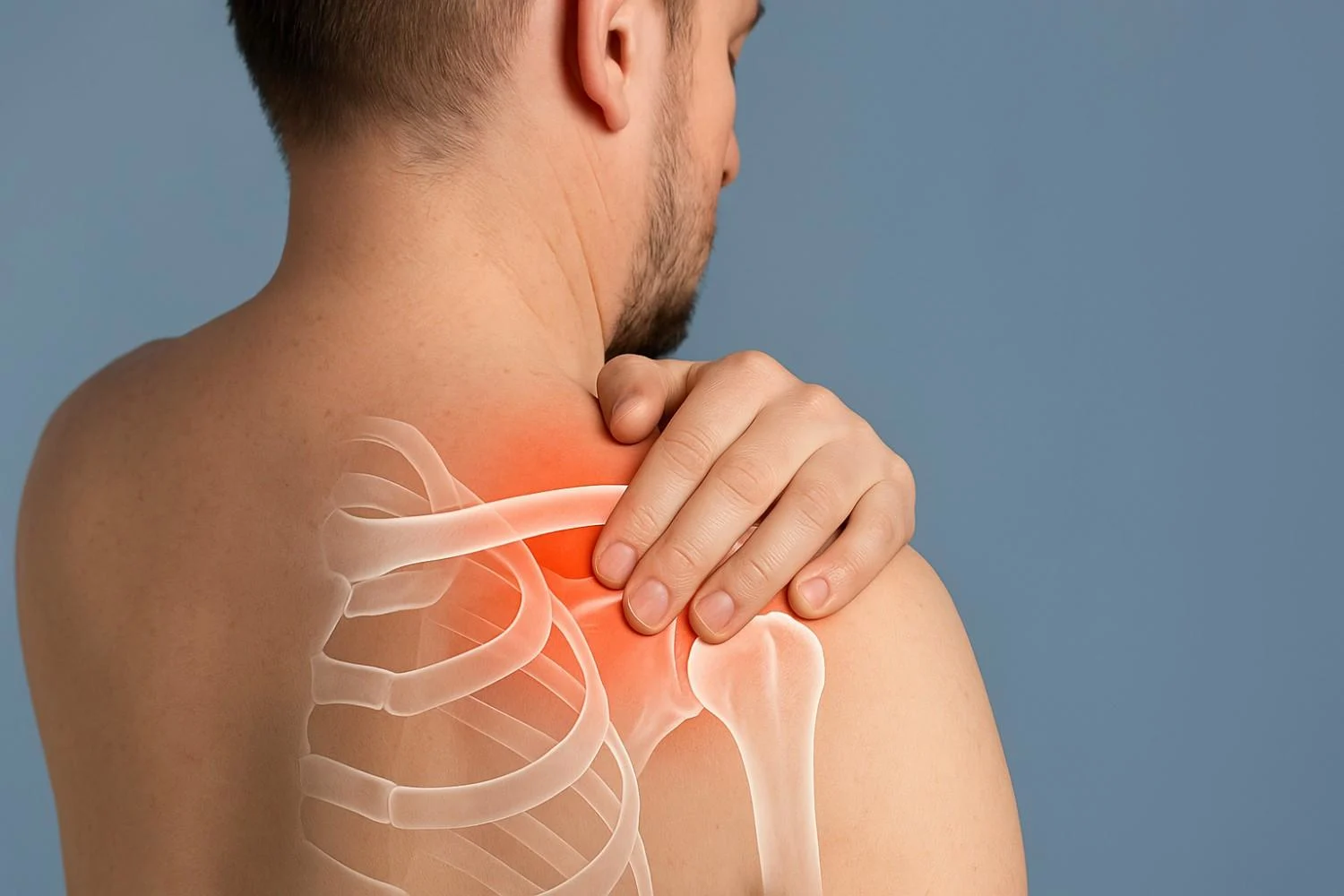
Frequently Asked Questions
It’s damage to the junction where the collarbone meets the shoulder blade.
Usually from falls, sports injuries, or heavy lifting.
Grades I–VI, based on ligament damage and displacement.
Through physical exams and imaging like X-rays and MRI.
Anywhere from 2 weeks to 6 months, depending on severity.
Yes, most mild and moderate injuries heal with rest and physiotherapy
Pain, swelling, deformity, and limited shoulder movement.
Pendulum swings, wall crawls, band resistance exercises.
Yes, it speeds up recovery and restores function.
AC joint injuries affect bone-ligament junctions; rotator cuff injuries involve muscles/tendons.
Yes, after full recovery and with proper guidance.
Use a pillow to elevate the arm and avoid sleeping on the injured side.
Protein-rich foods, omega-3s, vitamin C, zinc, and collagen.
If pain lasts beyond two weeks or you see a deformity.
Yes, most do with proper rehab.
Strengthen muscles, use correct technique, and avoid overuse.
Comments (0)
Add comment






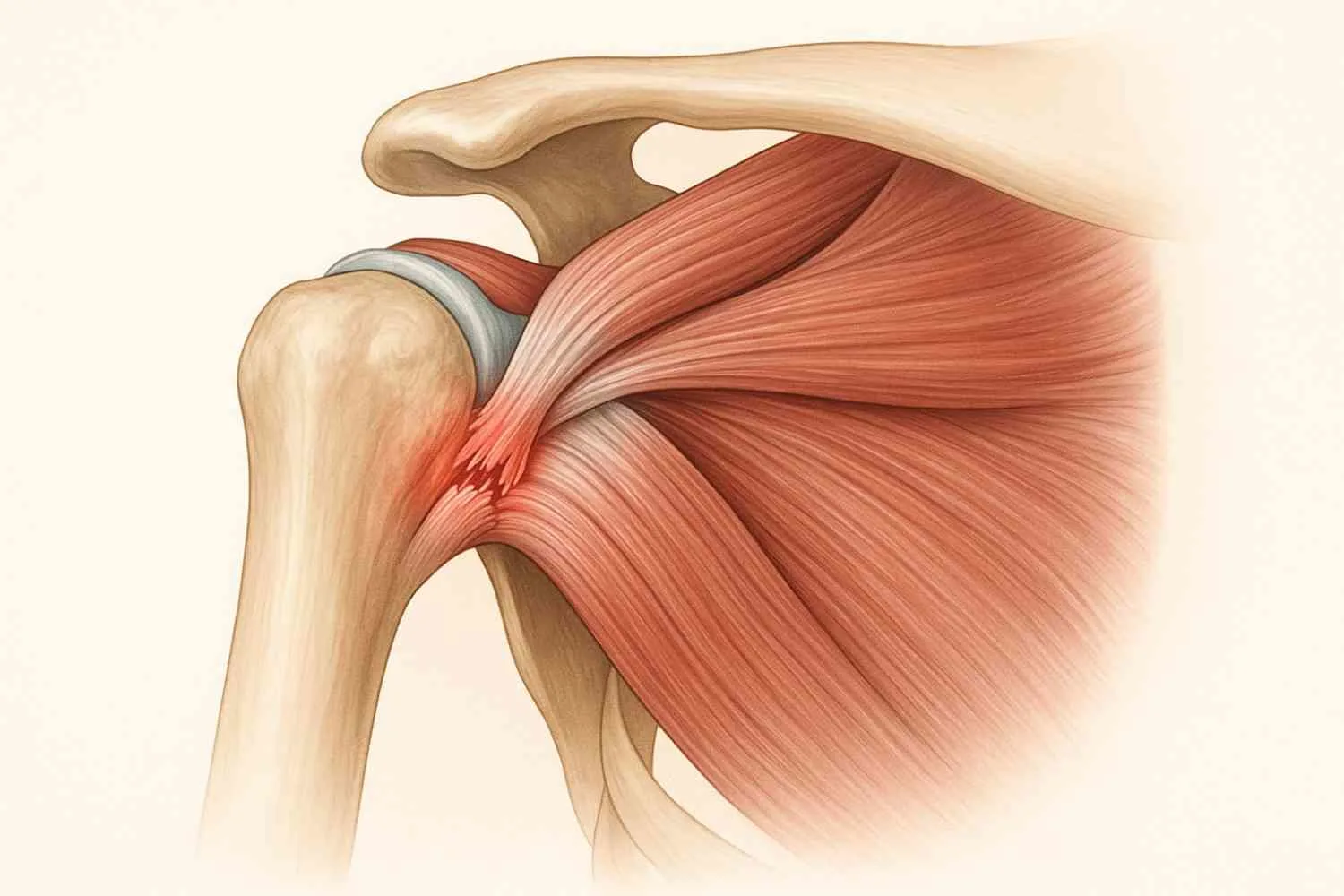


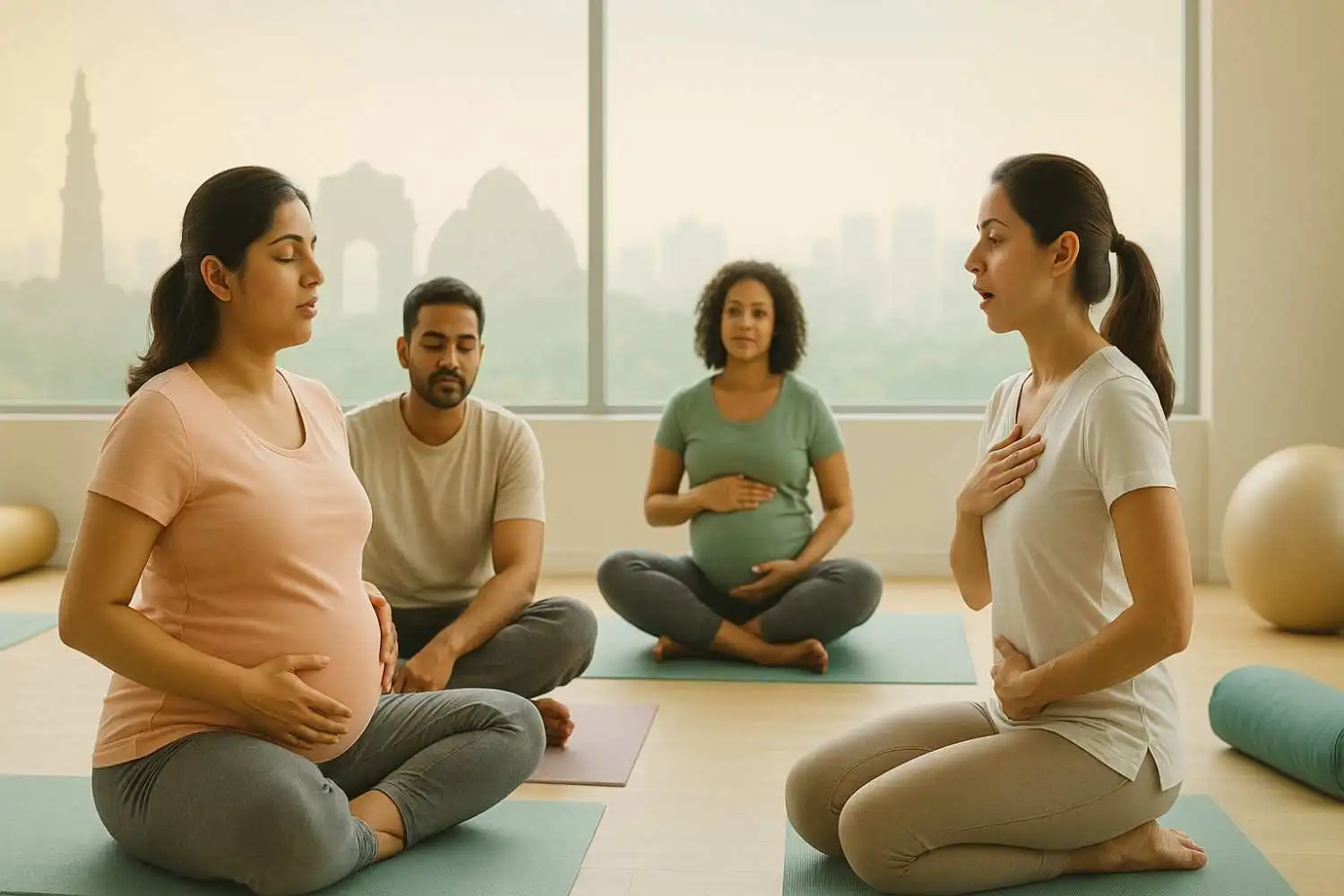
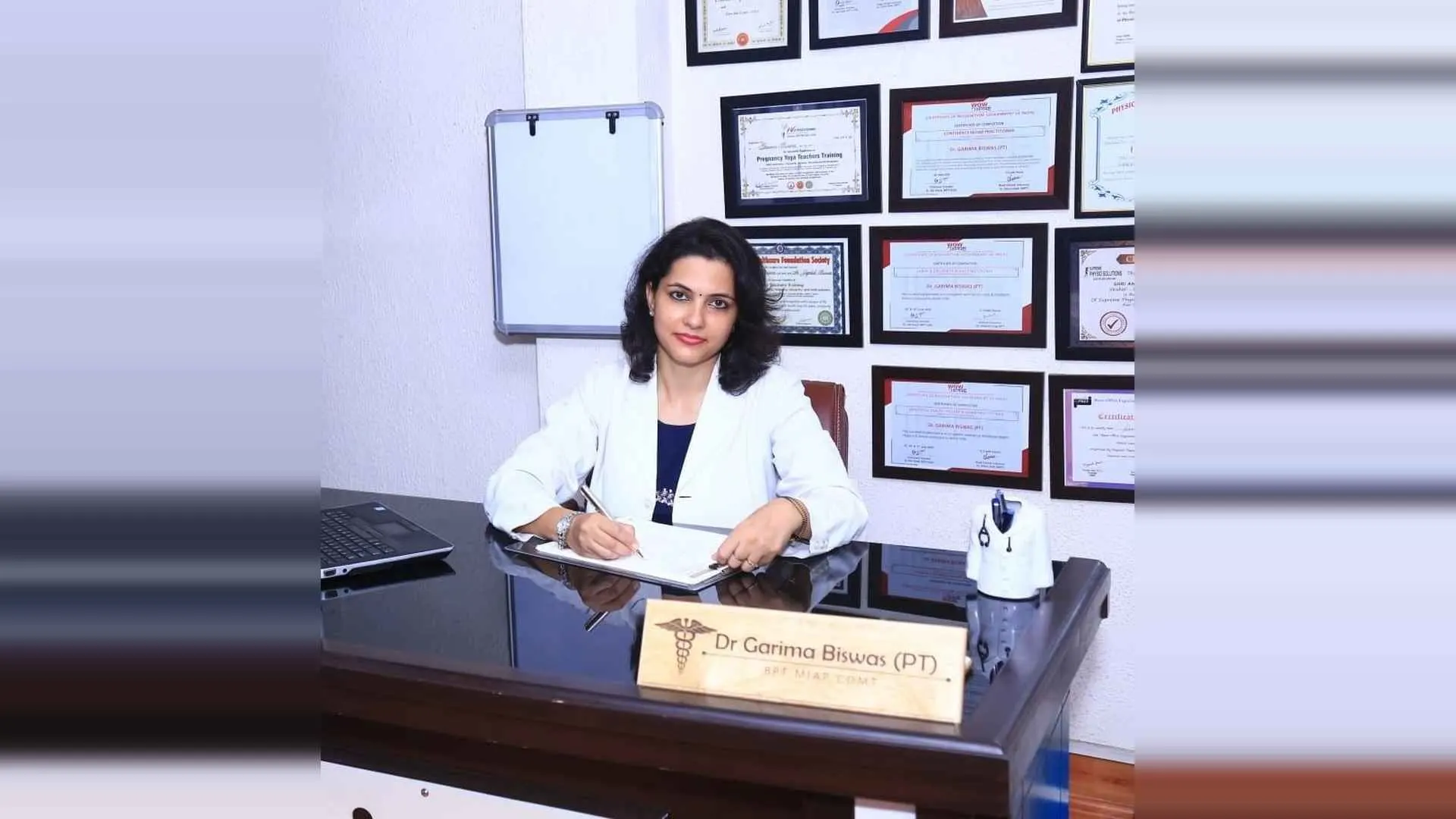
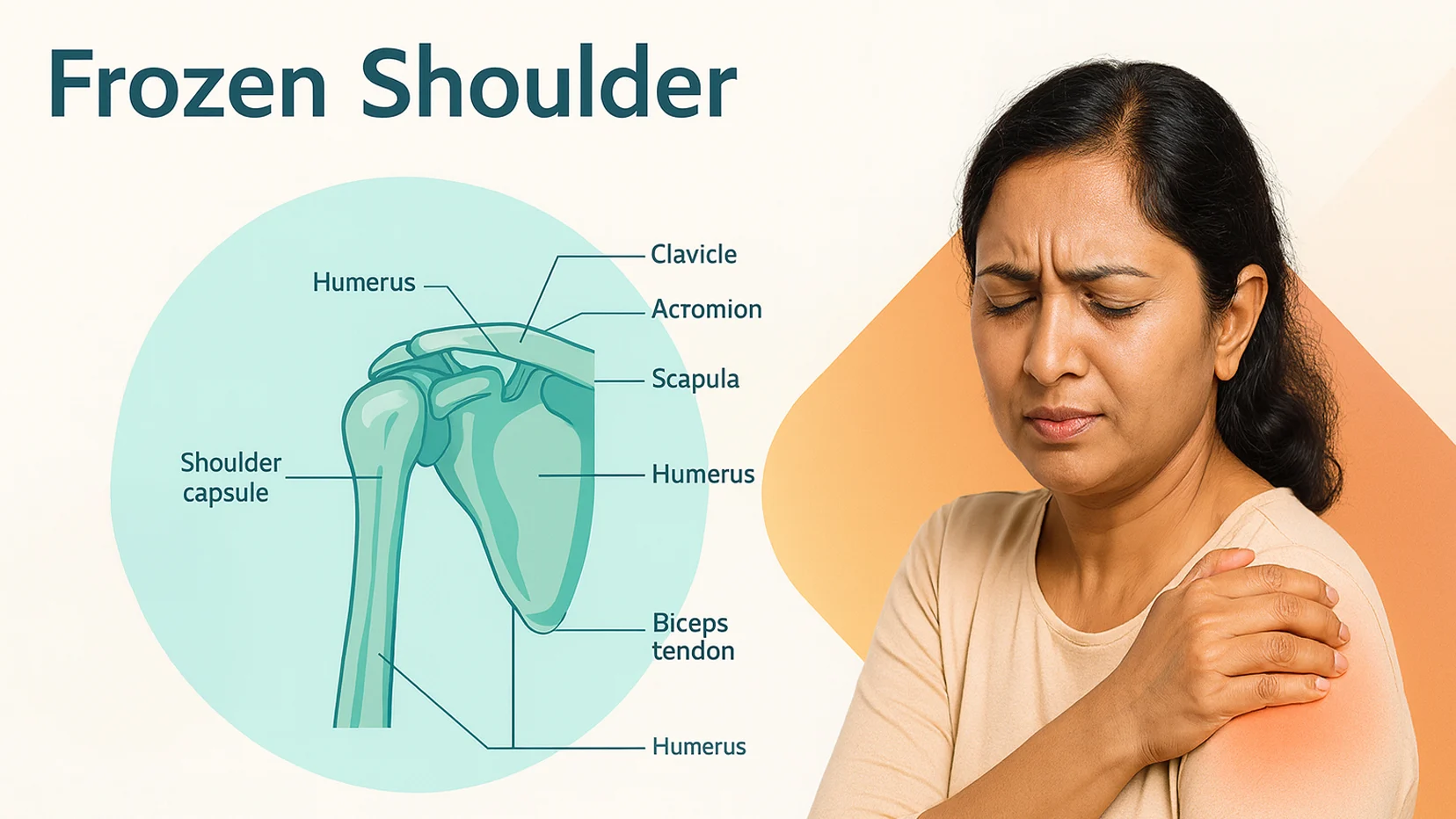

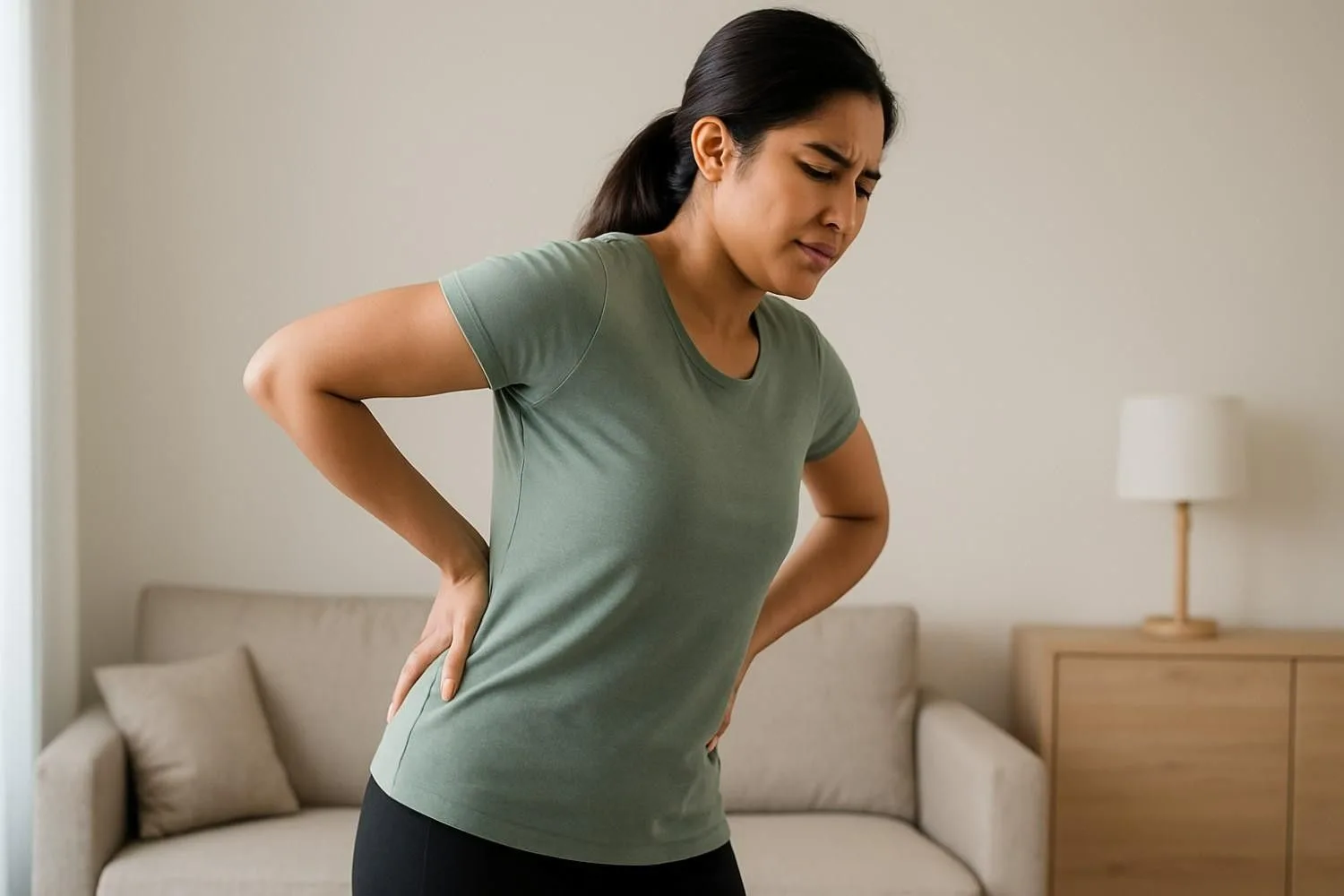
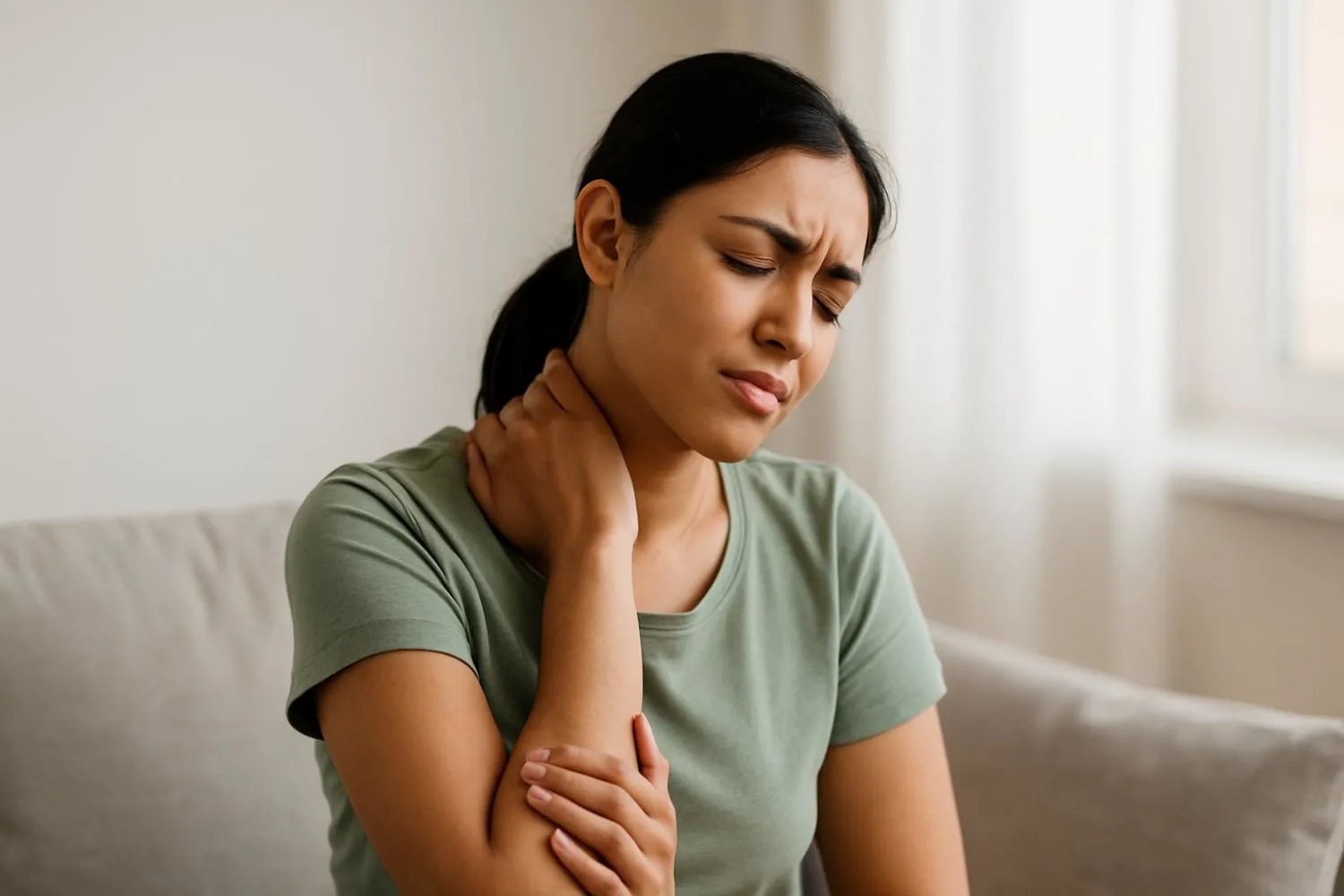
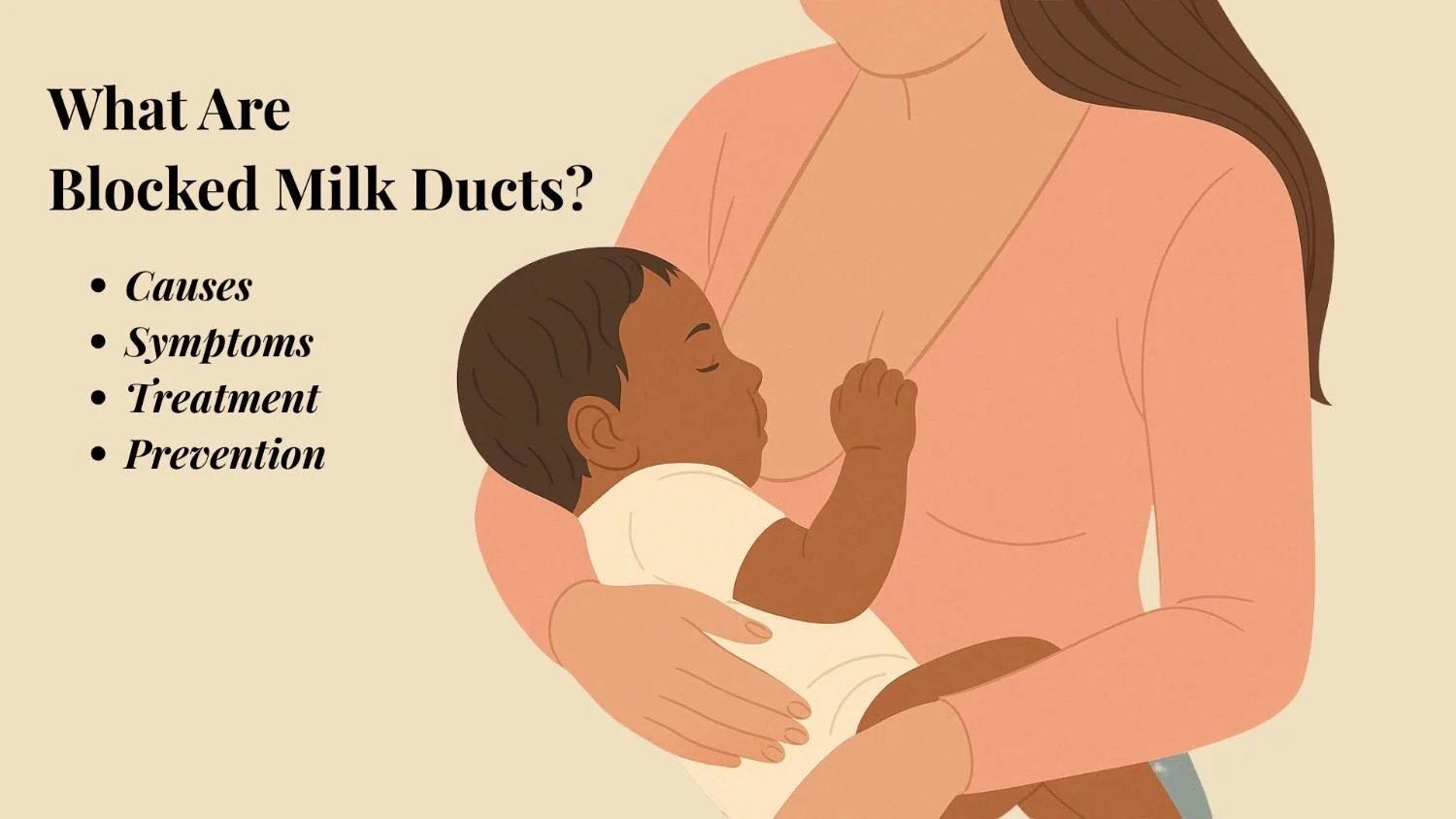
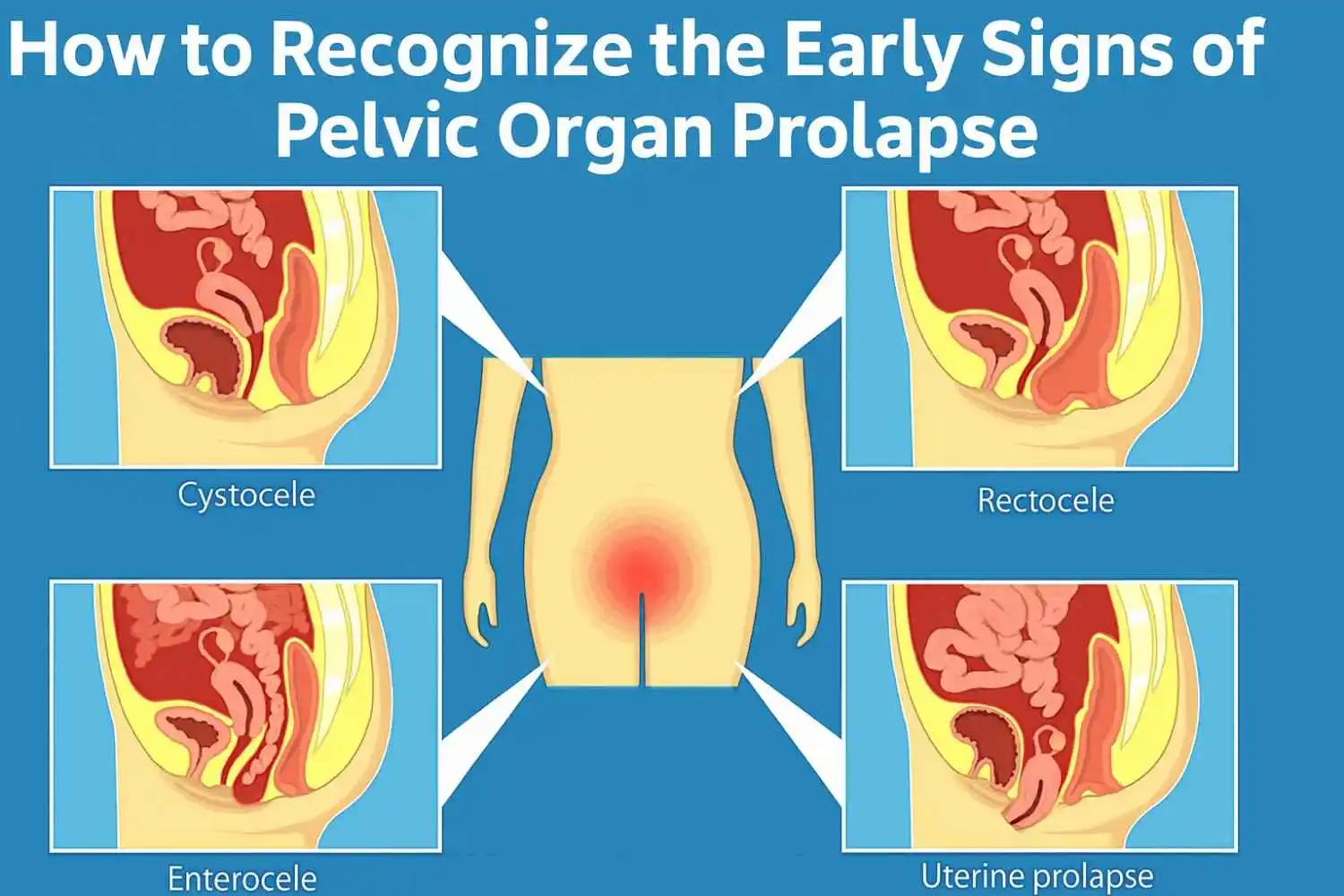
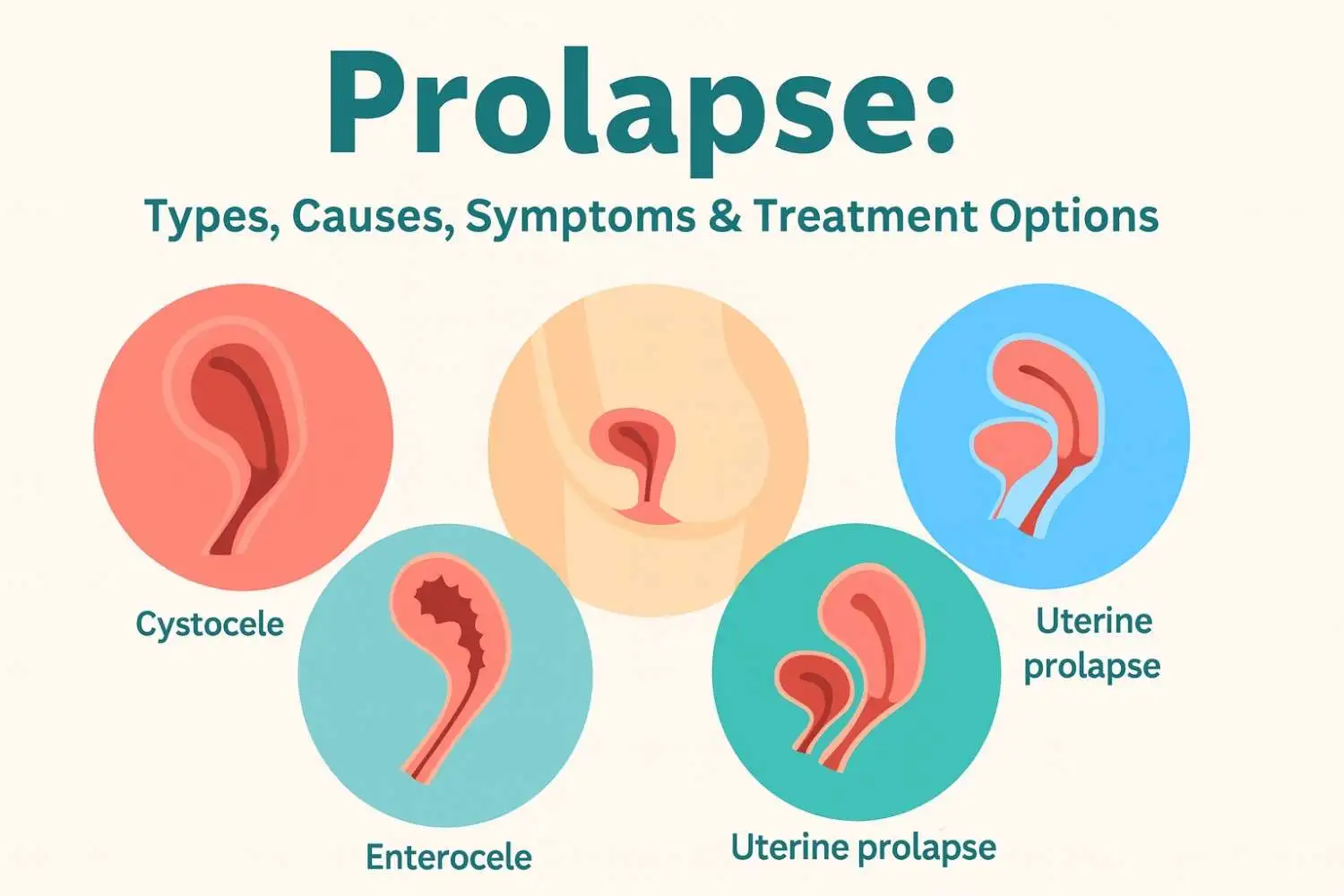









.webp)





.jpg)
































